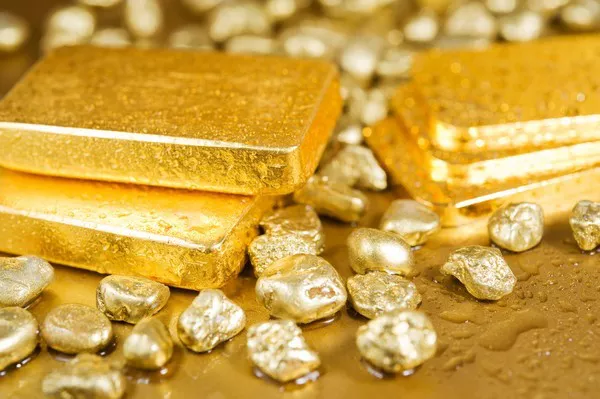As the excitement builds for the upcoming Paris Olympics and Paralympics, athletes and spectators alike are eager to witness the pinnacle of sporting achievement. Among the highly coveted rewards awaiting the champions are the medals themselves, which this year boast a distinctive feature: each contains a fragment of iron sourced from the original Eiffel Tower. Additionally, the medals will arrive in luxurious Louis Vuitton packaging, a nod to Parisian elegance.
However, there’s a surprising detail about these “gold” medals that isn’t widely known. According to Rohit Pandey, an assistant professor specializing in Mining and Minerals Engineering at Virginia Tech, these prized medals aren’t actually made of solid gold. “It turns out that a gold medal is essentially a silver medal with a gold plating on top,” Pandey explained. “Despite their name, they are composed of about 92.5% silver, with only six grams of gold embellishing their surface. This modest amount contrasts with their weight of approximately 500 grams, or just over a pound.”
Pandey, whose expertise spans both academia and industry, highlighted the economic and environmental reasons behind this choice. “If the Olympic Committee were to produce medals entirely from pure gold,” he noted, “the cost would skyrocket. With gold prices currently exceeding $2,400 per ounce, crafting each medal would tally up to approximately $40,000. For an event like the Olympics, this could tally an expense exceeding $80 million in a single year.”
Beyond cost considerations, Pandey underscored the ecological impact of sourcing precious metals. “Modern mining involves a complex balance of environmental, social, legal, and economic factors,” he stated. “Mining engineers play a crucial role in extracting materials like gold and silver responsibly, given their significance not just in sports but in various aspects of everyday life.”
Reflecting on the historical evolution of Olympic medals, Pandey traced their origins back to the first modern Olympics in Athens in 1896. “Initially, only two medals were awarded: silver for first place and bronze for second,” he recounted. “Over time, gold became the symbol of champions, while silver and bronze represented second and third place respectively.”
With Paris poised to host one of the most environmentally conscious Olympics to date, the decision to use predominantly silver medals with gold plating aligns with sustainability goals. “Gold remains a scarce resource compared to silver,” Pandey explained. “Its rarity contributes significantly to its higher market value, necessitating careful consideration in its extraction and usage.”
As the world eagerly anticipates the commencement of the Paris Olympics, where over 5,000 medals await their champions, the focus remains on celebrating athletic excellence amidst the backdrop of sustainable practices and economic prudence. Each medal, a blend of history, craftsmanship, and modern sustainability ethos, symbolizes the pinnacle of sporting achievement on the global stage.
Dailygoldprice provides you with live gold prices so that you can always understand the changes in the price of gold and better invest in gold.

